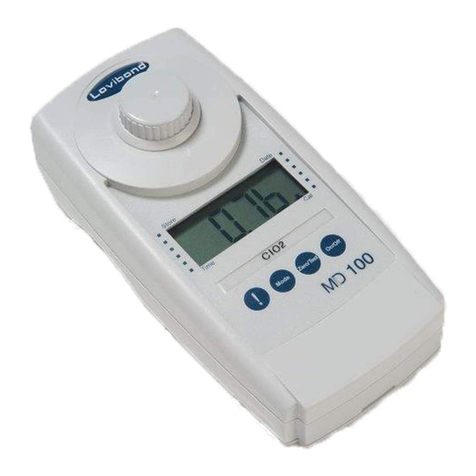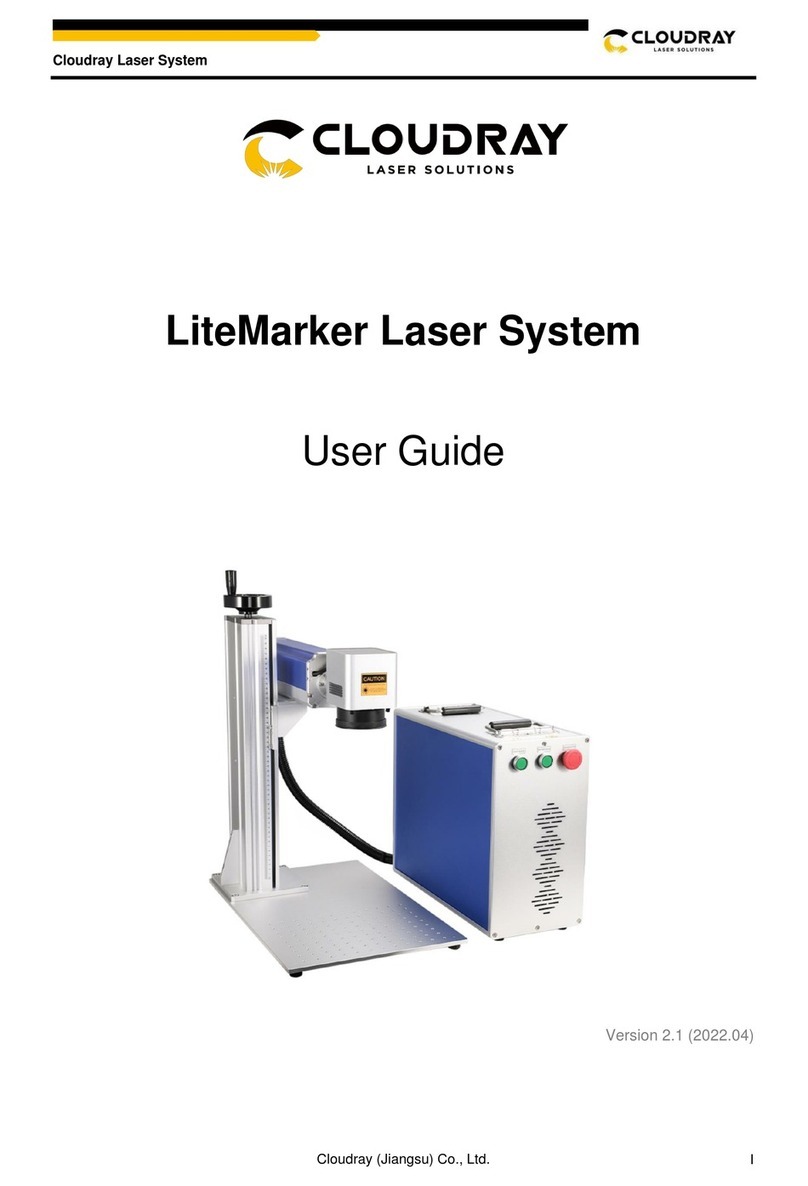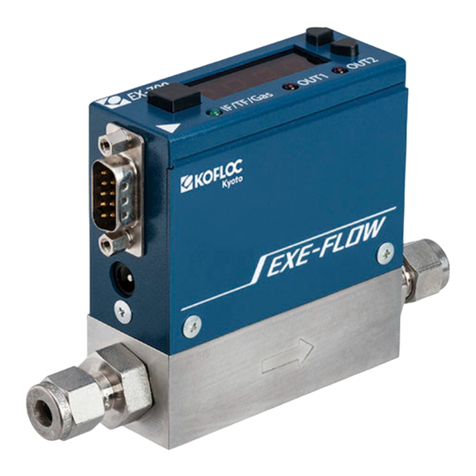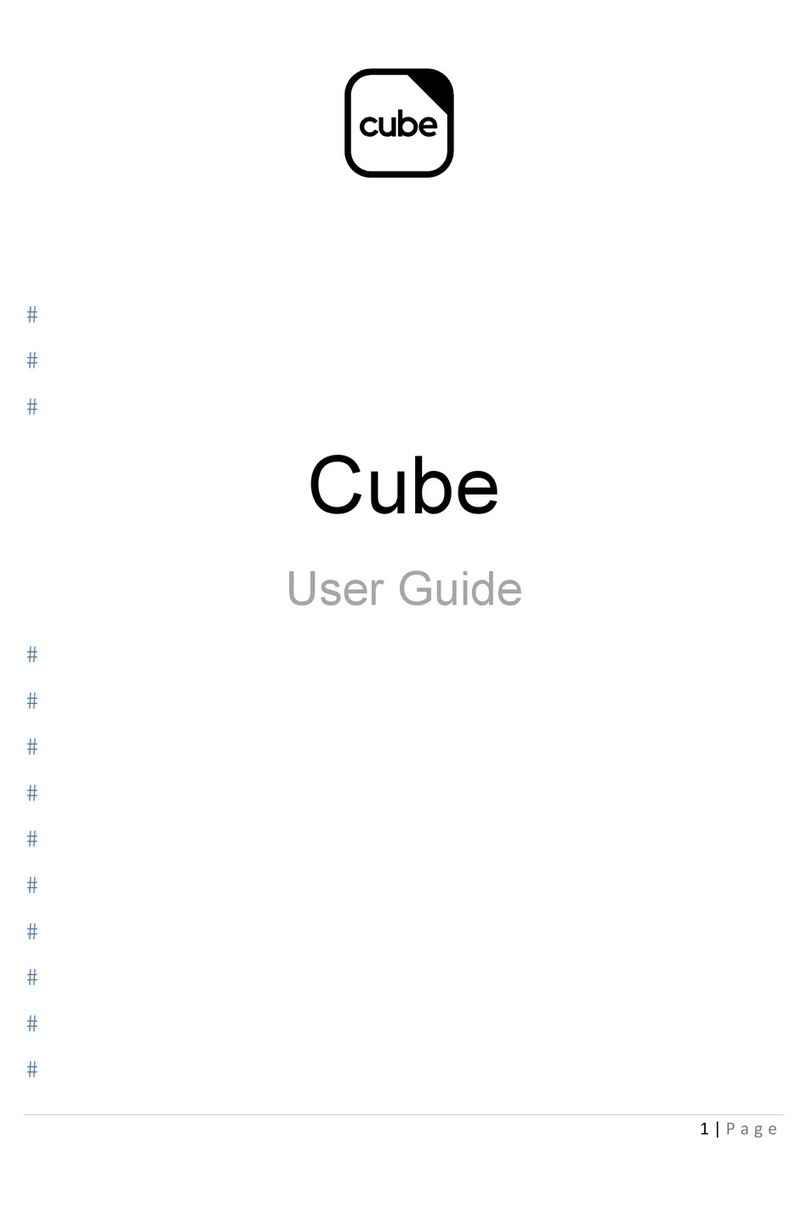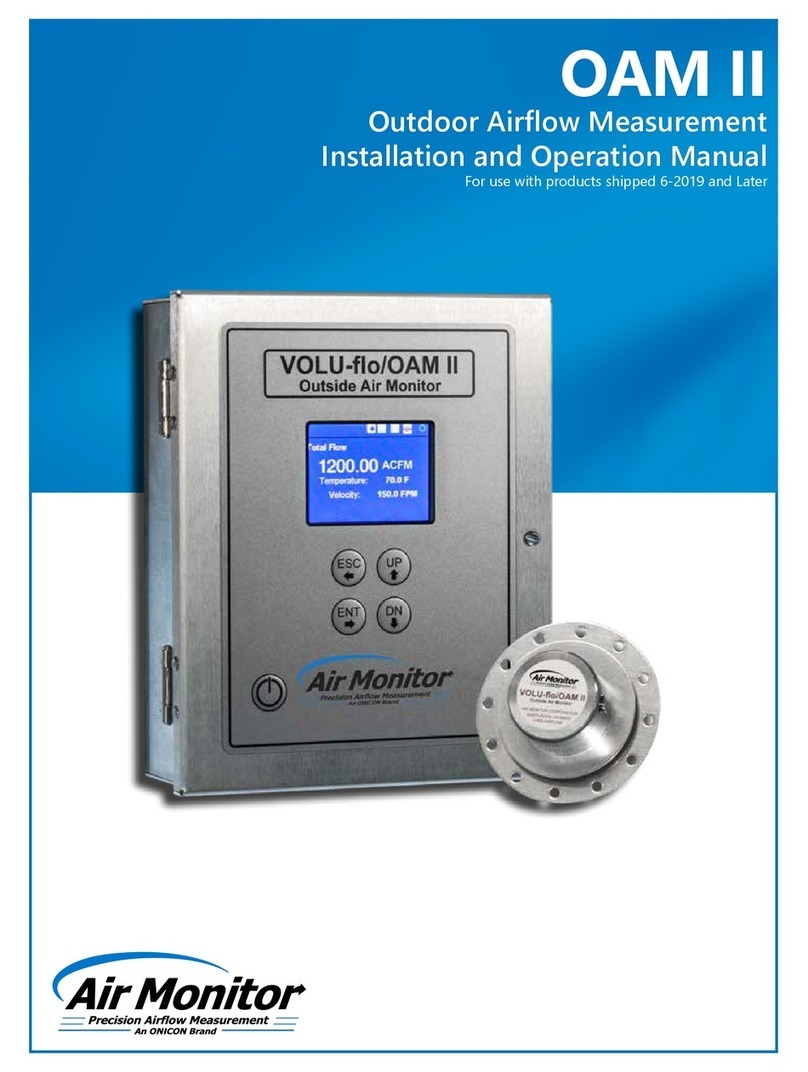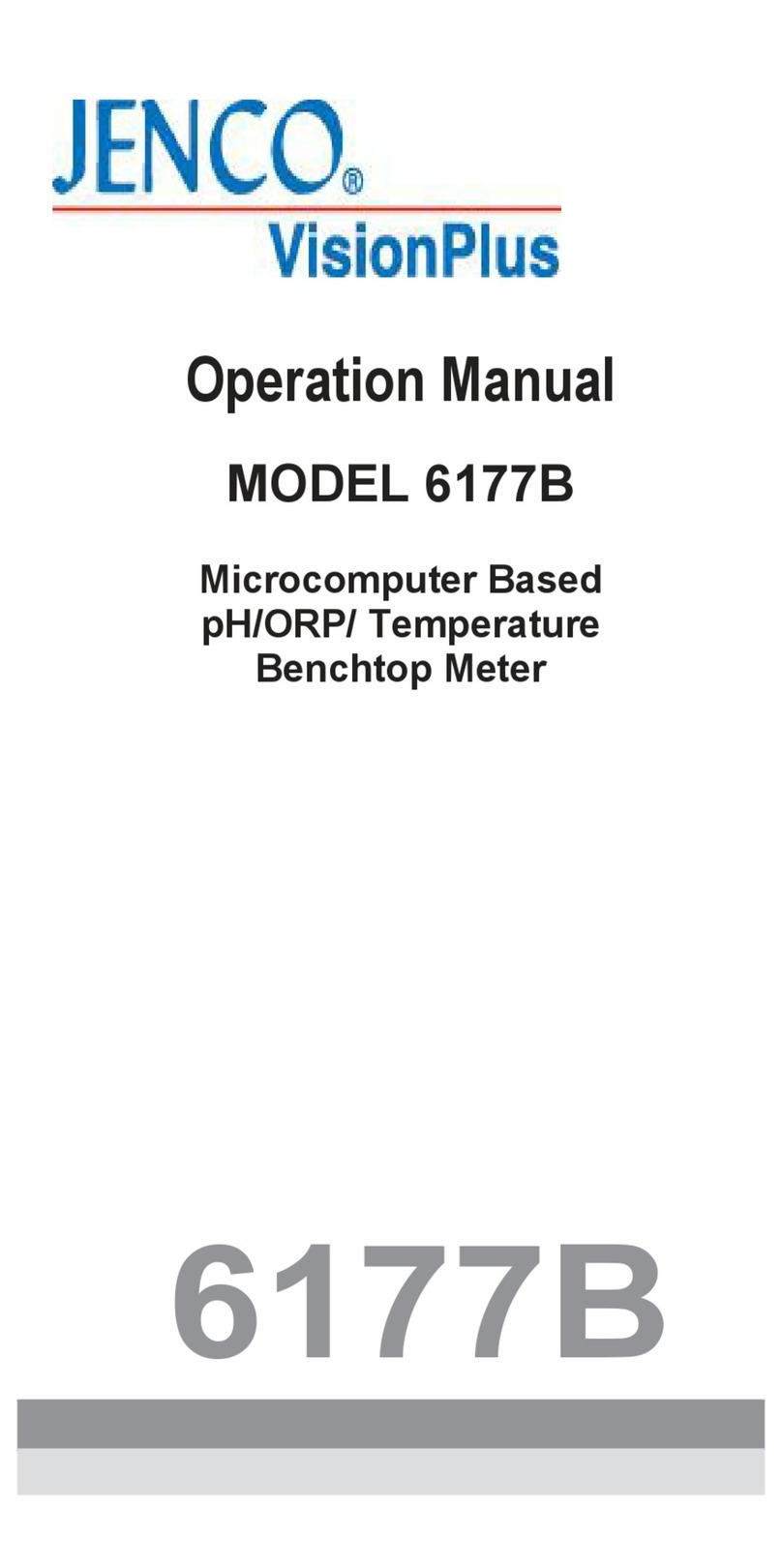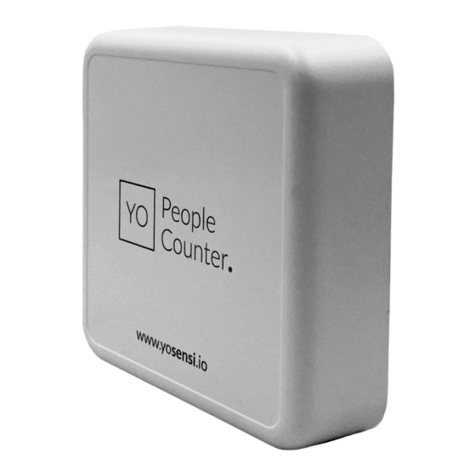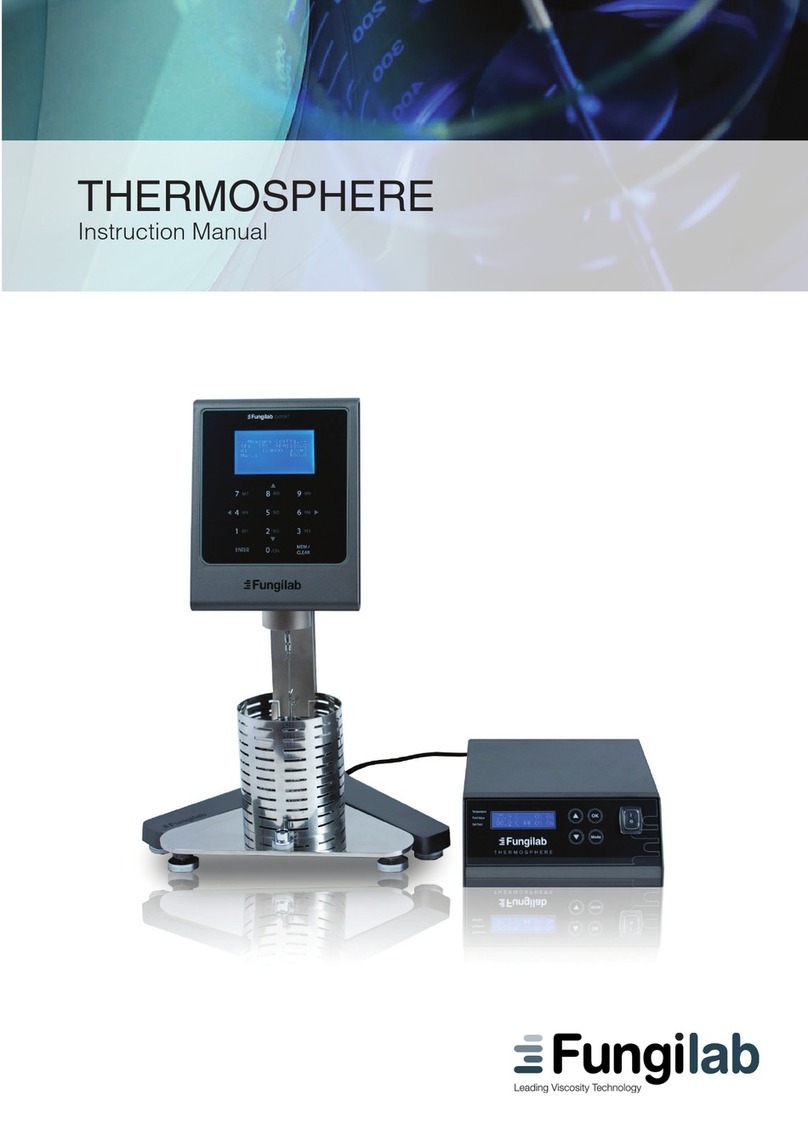Ethos 4150 User manual

Operating Instructions
ETHOS 4150
Motor and Phase Rotation Indicator

2
Introduction
The Motor and Phase Rotation indicator is a
handheld, battery-operated instrument
designed to detect the rotary field of
three-phase systems and determine
motor-rotation direction.
Symbols
The following symbols appear on the Motor
and Phase Rotation indicator or in this manual.
Table 1. Symbols
CAT
Risk of electric shock
Earth
Risk of Danger . Important
information See manual
AC or DC
Hazardous Voltage. Conforms to EU directives.
Equipment protected by
double or reinforced
Insulation
OVERVOLTAGE(Installation)
CATEGORY III,Pollution Degree 2 per IEC
1010-1 refers to the level of Impulse
Wishstand Voltage protection
provided.Equipment of OVERVOLTAGE
CATEGORY III is equipment in fixed
installations (e.g.,electricity meter and
primary over-current protection
equipment.)
Battery Recycling information
Elements of the Motor and Phase

3
Rotation indicator
Indicators, buttons, and jacks are shown in
Figure 1.
1
2
3
4
MOTOR&PHASE ROTATIONINDICATOR
56
71
2
3
4
5
6
7
Test lead input jack
L1,L2,L3 Indicators
Clockwise Rotation LCD Indicator
Counter-Clockwise Rotation LCD Indicator
ON/OFF button
ON/OFF Indicator
Orientation Symbol
Figure 1. The Motor and phase Rotation
Indicator
Using the Motor & phase Rotation Indicator
Determine Rotary Field Direction
To determine the rotary field direction:
1. Connect one end of the test leads to the
Motor and Phase Rotation indicator.
Make sure the L1, L2, and L3 test leads

4
are connected to the corresponding input
jacks.
2. Connect the Alligator clips to the other end
of the test leads.
3. Connect the Alligator clips to the three
mains phases. Press the ON/OFF button.
The green ON indicator shows that the
instrument is ready for testing.
Either the Clockwise or Counter
Clockwise Rotary indicator illuminates
showing the Type of rotary field
direction present.
4. The rotary indicator lights even if the
neutral conductor, N, is connected
instead of the Test lead input jacks. Refer
to Figure 2 (also shown on the back of
the Motor and Phase Rotation indicator)
for more information.

5
Figure 2. Phase Indication Table (shown
on the rear of the Motor and Phase Rotation
indicator)
Non-contact Rotary Field Indication
For non-contact rotary field indication:
1. Disconnect all test leads from the Motor and
Phase Rotation indicator.
2. Position the Indicator on the motor so that it
is parallel to the length of the motor shaft.
The Indicator should be one inch or close to
the motor. See Figure 3.
3. Press the ON/OFF button. The green ON
indicator shows that the instrument is ready

6
for testing.
Either the Clockwise or Counter Clockwise
Rotary indicator illuminates showing the
type of rotary field direction present.
Note
The indicator will not operate with
engines controlled by frequency converters.
The bottom of the Motor and Phase Rotation
indicator should be oriented towards the
drive shaft. See the Orientation Symbol on
the Motor and Phase Rotation indicator.
Figure 3. Motor Rotation

7
See Table 2 for the minimum motor diameter
and number of pole pair to obtain a reliable test
result.
Table 2. Reliable Motor Test Requirements
3.75
5
6
7.5
10
12
15
20
30
60
85.6
64.2
53.5
42.8
32.1
26.7
21.4
16.0
10.7
5.3
Number of
pole pair
Rotary Number Of Rotary Field (1/min)
at Frequency (HZ)
Angel Between
poles Min. of
Motorcase
16 2/3 50 60 cm
1
2
3
4
5
6
8
10
12
16
1000
500
333
250
200
167
125
100
83
62
3000
1500
1000
750
600
500
375
300
250
188
3600
1800
1200
900
720
600
450
360
300
225
Determine the Motor Connection
1. Connect one end of the test leads to the
Motor and Phase Rotation indicator. Make
sure the L1, L2, and L3 test leads are
connected to the corresponding jack.
2. Connect the alligator clamps to the other end
of the test leads.

8
3. Connect the alligator clamps to the motor
connections, L1 to U, L2 to V, L3 to W.
4. Press the ON/OFF button. The green ON
indicator shows that the instrument is ready
for testing.
5. Turn the motor shaft half a revolution
towards the right.
Note
The bottom of the Motor and Phase Rotation
indicator should be oriented towards the drive
shaft. See the Orientation Symbol on the Motor
and Phase Rotation indicator.
Either the Clockwise or Counter Clockwise
Rotary indicator illuminates showing the type of
rotary field direction present.
Magnetic Field Detection
To detect a magnetic field, place the Motor

9
and Phase Rotation indicator to a solenoid valve.
A magnetic field is present if either the
Clockwise or the Counter Clockwise Rotary
indicator illuminate.
Note
The Motor and Phase Rotation indicator
contains alkaline batteries. Do not dispose of
these batteries with other solid waste. Used
batteries should be disposed of by a qualified
recycler or hazardous materials handler.
The Motor and Phase Rotation indicator
uses a 9V battery (supplied). To replace the
battery, follow these steps.
1. Place the Motor and Phase Rotation
indicator face down on a nonabrasive
surface and loosen the battery-door

10
screw with a screwdriver.
2. Life the battery access lid away from the
Motor and Phase Rotation indicator.
3. Observe the battery polarity shown in the
battery compartment.
4. Secure the battery access lid back in
position with the screw.
Unpacking the Motor and Phase
Rotation indicator
The Motor and Phase Rotation indicator ships
with the following items:
3 test leads
3 alligator clips
9 V battery
Users Manual

11
Safety Information
C a u tio n id e n tifie s c o n d itio n s a n d
a c tio n s th a t m a y d a m a g e th e D T -9 0 2
W a rn in g id e n tifie s c o n d itio n s a n d
a c tio n s th a t p o s e h a z a rd to the u s e r.
Read First: Safety Information
To avoid possible electric shock or fire, do the
following:
Read the following safety information
carefully before using or servicing the
instrument.
Adhere to local and national safety codes.
Individual protective equipment must be
used to prevent shock and injury.
Use of instrument in a manner not specified
by the manufacturer may impair safety

12
features/protection provided by the equipment.
Avoid working alone. Damage leads must be
replaced. Do not use the Motor and Phase
Rotation indicator if it looks damaged.
Be careful when working above 30V ac rms,
42V ac peak and 60V dc. Such voltages pose a
shock hazard.
Measurements can be adversely affected by
impedances of additional operating cir
connected in parallel or by transient currents.
Verify operation prior to measuring
hazardous voltages (voltages above 30V ac rms,
42V ac peak and 60V dc).
Do not use the Motor and Phase Rotation
indicator with any of the parts removed.
Do not use the Motor and Phase Rotation
indicator around explosive gas, vapor, or dust.

13
Do not use the Motor and Phase Rotation
indicator in a wet environment. cuits
Specifications
Environmental
Operating Temperature
0℃ to +40℃
Operating Altitude
2000 m
Pollution Degree
2
Type of protection
IP 40
Mechanical Specifications
Size (H x W x D): 130mm x 69mm x 32mm.
Weight: 130g
Humidity

14
15% to 80%
Safety Specifications
Electrical Safety
Meets DIN VDE 0411,IEC 61010 DIN, VDE
0413-7,
IEC 61557-7/EN 61557-7
Maximum Operating Voltage (Ume)
400 V AC for all ranges
Protection Levels
CAT lll, 300V
Electrical Specifications
Battery
9 V alkaline, IEC 6LR61
Current Consumption
Max 20 mA
Battery life
Minimum 1 year for average use

15
Determine Rotary Field Direction
Nominal Voltage Rotary Direction
1 to 400 V AC
Nominal Voltage phase indirection
120 to 400 V AC
Frequency Range (fn)
Inspect the test leads for damaged
insulation or exposed metal. Check test
lead continuity.
2 to 400HZ
Test Currents (In per phase)
Less than 3.5 m A
Non-Contact Rotary Field Indication
Frequency Range (fn)
2 to 400HZ
Determine the Motor Connection
Nominal Test Voltage (U me)

16
1 to 400 V AC
Nominal Test Currents (In per phase)
Less than 3.5 m A
Frequency Range (fn)
2 to 400 HZ

Distributed by MTi
Unit 12, Access 18, Kings Weston Lane,
Bristol BS11 8HT
Tel: 0117 938 6400
Fax: 0117 923 5374
Email: enquiries.ethos@adivision.co.uk
Web: www.ethos-instruments.co.uk
Table of contents
Other Ethos Measuring Instrument manuals
Popular Measuring Instrument manuals by other brands
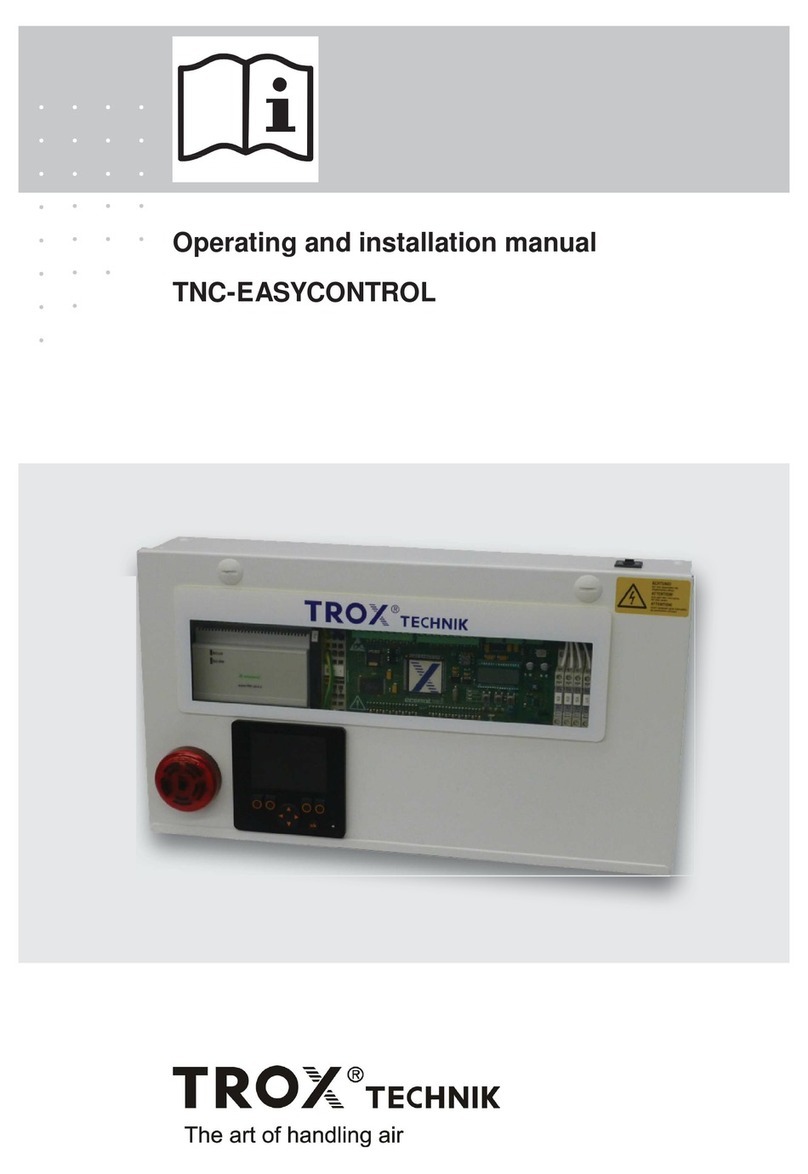
Trox Technik
Trox Technik TNC-EASYCONTROL OPERATING AND INSTALLATION Manual
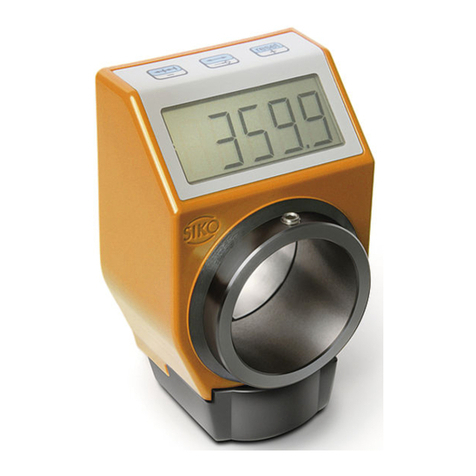
Siko
Siko DE04 User information
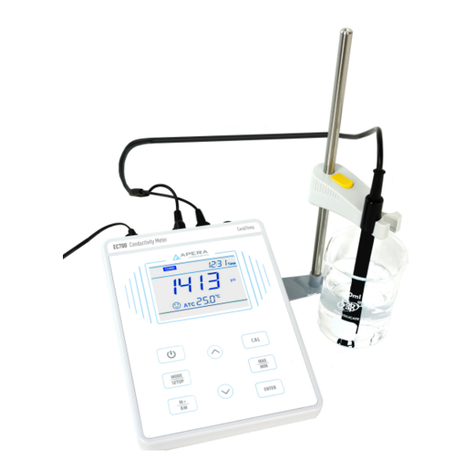
Apera Instruments
Apera Instruments EC700 instruction manual
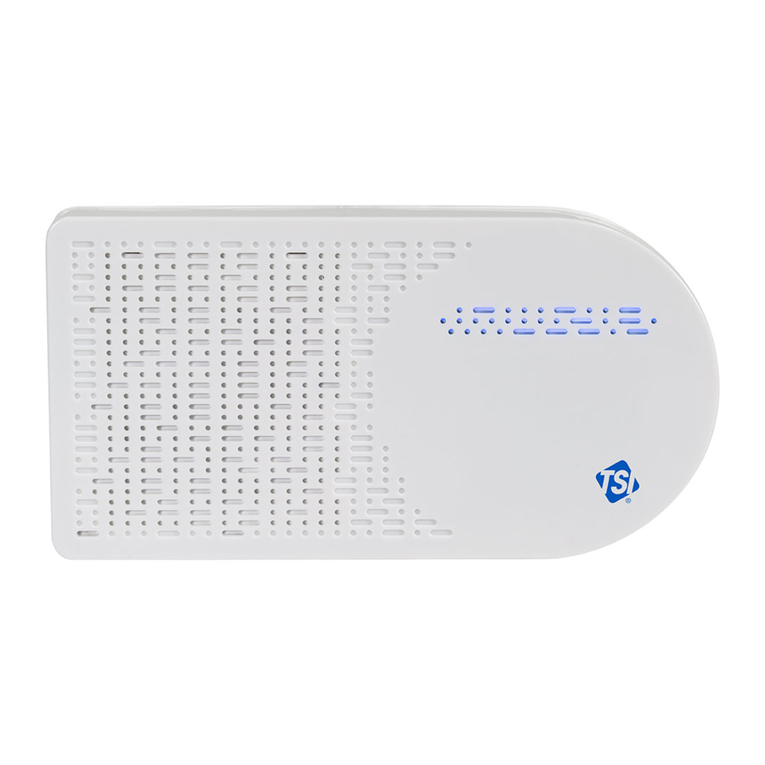
TSI Instruments
TSI Instruments AIRASSURE 8144 Operation and maintenance manual

Universal Biosensors
Universal Biosensors SENTIA user guide
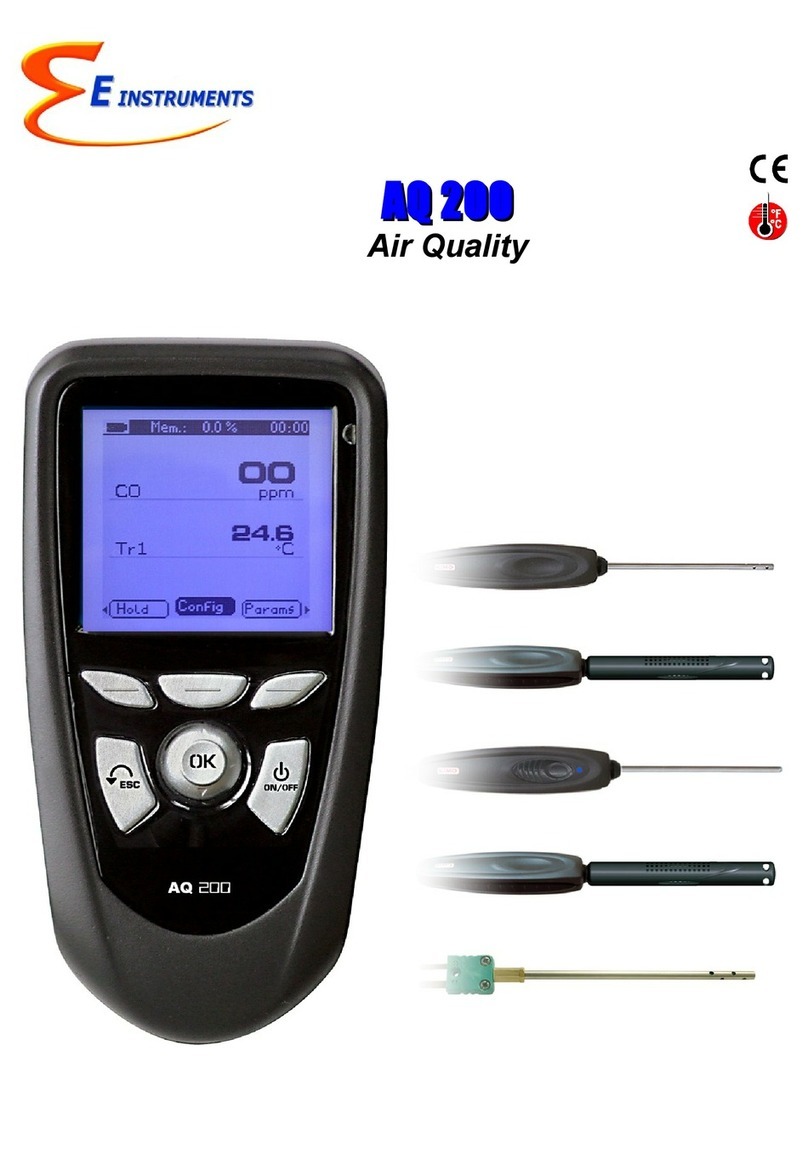
E Instruments
E Instruments AQ 200 instructions


